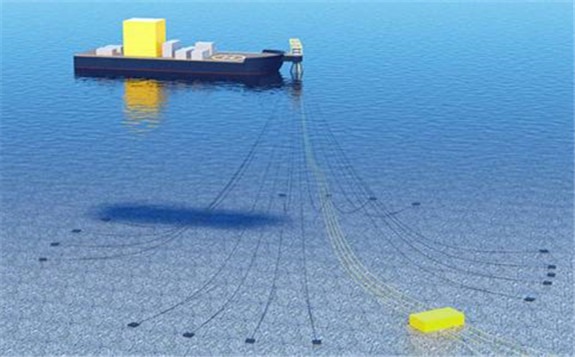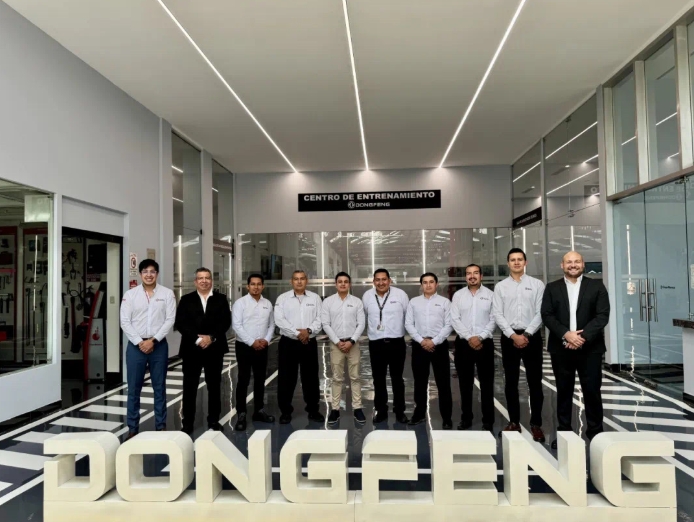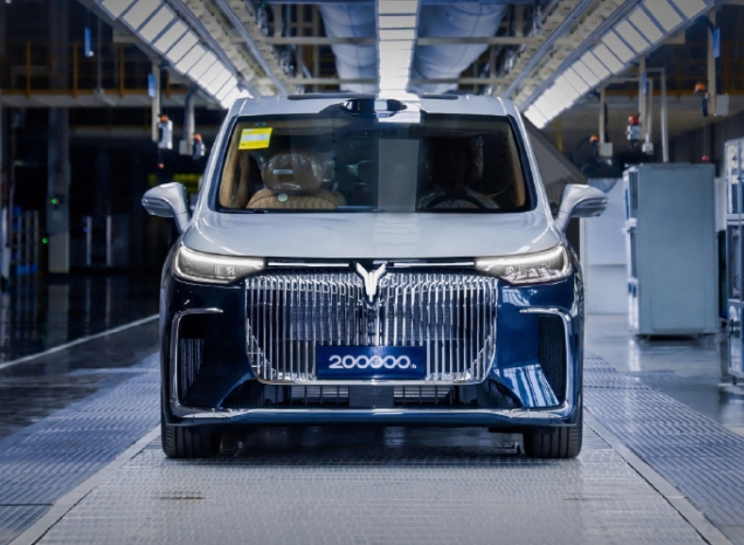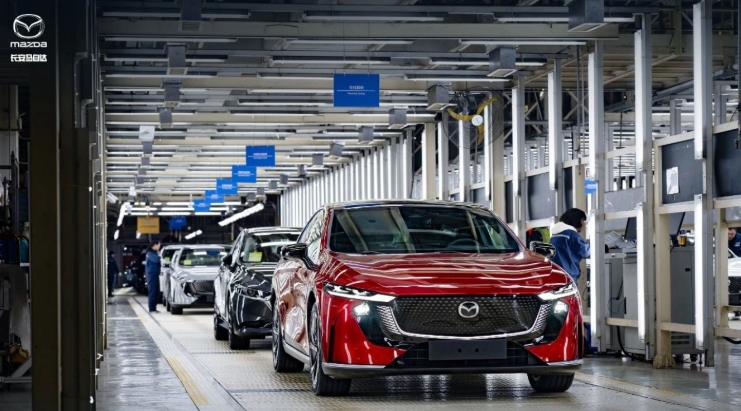
US offshore engineering outfit Glosten has unveiled an innovative hybrid energy storage concept that ties together a floating wind farm substation platform with compressed air and rock heat-bed thermal technologies.
The design, a collaboration with specialist company EnisEnerGen, is based around a process of submerging compressed air storage vessels at an offshore project site and drawing heat from the seawater during the expansion cycle for storage in volcanic rock, and then releasing it to power a turbo-expander-generator.
First analysis, which was based on equipment costs from currently available compressor and turbo-expander-generators and quotations for large-scale manufacture of the pressure vessels, points to a levelised cost of storage that “compares well against lithium-ion [Li-ion] batteries” storage, according to Glosten’s William Hurley, engineering leader for the concept development.
“Commercial interest in energy storage systems for floating wind farms is building,” he said, pointing to so-called BatWind project developed by Norway’s Equinor at the 30MW Hywind Scotland array in the UK North Sea.
“The initial storage type selections are tending toward electro-chemical, or battery, as Li-ion technology is advanced and reliable systems can be built today,” said Hurley.
“When we combined a ‘turret-moored’ floating substation platform, considered for future floating wind farms, with a CAES [compressed air energy storage] and TES [thermal energy storage] plant, exciting synergies were found that brought CAES into the competitive cost range with shore-based Li-ion energy storage.”
Hurley explained to Recharge that Glosten’s new energy storage system would benefit from sharing the substation’s support structure and the TES providing power for platform services using the waste heat from the compression cycle and CAES’ cold air exhaust for cooling transformers and other electrical equipment, as well as accommodation spaces.
“We benefit from the need to float in deep water and the typical economic benefits of energy storage as well as LCOE [levelised cost of energy] reductions for floating wind can be realised by providing this storage capability on the substation platform.”
Glosten, which is also developing a floating wind tension leg platform design known as PelaStar, is currently “seeking collaboration and small-scale demonstration opportunities” for the new energy storage technology.







